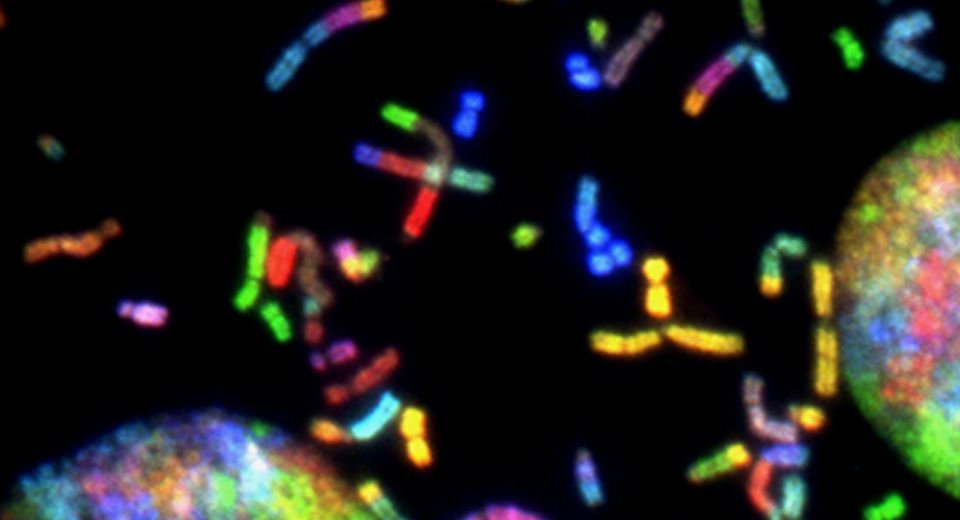H Q Team
May 19, 2023: Harvard Medical School researchers have identified a major factor in the development of breast cancer. The researchers say as many as one-third of breast cancer cases may arise through the newly identified mechanism.
The study found that the hormone estrogen is the culprit in a high number of breast cancer development. It causes a molecular dysfunction by altering a cell’s DNA and causing the breast tissue to develop.
“We have identified what we believe is the original molecular trigger that initiates a cascade culminating in breast tumor development in a subset of breast cancers that are driven by estrogen,” said senior study investigator Peter Park, professor of Biomedical Informatics in the Blavatnik Institute at HMS.
Most, though not all, breast cancers are fueled by hormonal fluctuations. It is believed that estrogen acts as a catalyst for cancer growth because it stimulates the division and proliferation of breast tissue, a process that carries the risk for cancer-causing mutations. The new work, however, shows that estrogen causes mischief far more directly.
“Our work demonstrates that estrogen can directly induce genomic rearrangements that lead to cancer, so its role in breast cancer development is both that of a catalyst and a cause,” said study first author Jake Lee, a former research fellow in the Park lab who is now a medical oncology fellow at Memorial Sloan Kettering Cancer Center.
Birth of a cancer cell
Many human cancers arise when the cell replicating mechanism in our body goes haywire and the DNA structure, instead of automatically getting repaired, gets botched.,
A specific type of genomic rearrangement in cells, known to be linked to various human cancers, including certain types of breast cancer, was initially discovered by Barbara McClintock in the 1930s. McClintock was awarded the Nobel Prize in Physiology or Medicine for her groundbreaking work in 1983.
Park and Lee analyzed the genomes of 780 breast cancers. Their study threw up patterns that differed from the classic pathway of breast cancer molecular models.
Instead of the classic misshapen and improperly patched-up single chromosome, they saw that two chromosomes had fused, suspiciously near “hot spots” where cancer genes are located. This distinctive pattern was present in one-third (244) of the tumors in their analysis.
Lee and Park realized they had stumbled upon a new mechanism by which a “disfigured” chromosome is generated and then fractured to fuel the mysterious breast cancer cases.
Estrogen’s role
The researchers also observed that these areas were close to estrogen-binding areas on the DNA.
This offered a strong clue that estrogen might be somehow involved in the genomic reshuffling that gave rise to cancer-gene activation.
Lee and Park exposed the breast cancer cells in a lab to estrogen and then used CRISPR gene editing to make cuts to the cells’ DNA. As the cells mended their broken DNA, they initiated a repair chain replicating the same genomic rearrangement that Lee and Park had discovered.
Estrogen is already known to fuel breast cancer growth, but here the new cells confirmed that estrogen plays a crucial role in cancer genesis because it directly alters how cells repair their DNA.
Tamoxifen’s role
Estrogen-suppressing drugs such as tamoxifen given to patients with breast cancer to prevent disease recurrence work in a more direct manner than simply reducing breast cell proliferation.
“In light of our results, we propose that these drugs may also prevent estrogen from initiating cancer-causing genomic rearrangements in the cells, in addition to suppressing mammary cell proliferation,” Lee said.
“It all started with a single observation. We noticed that the complex pattern of mutations that we see in genome sequencing data could not be explained by the textbook model,” Park said. “But now that we’ve put the jigsaw puzzle together, the patterns all make sense in light of the new model. This is immensely gratifying.”
The new findings could help in more thorough tests in the development of breast cancer and track treatment response. It could also help in quickly detecting the reoccurrence of tumors.
The report is available in Nature.
